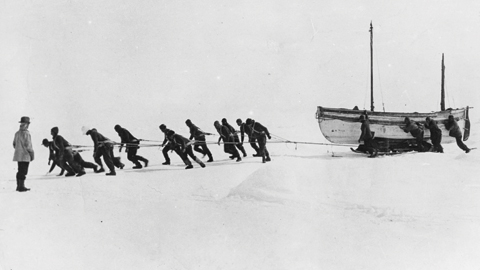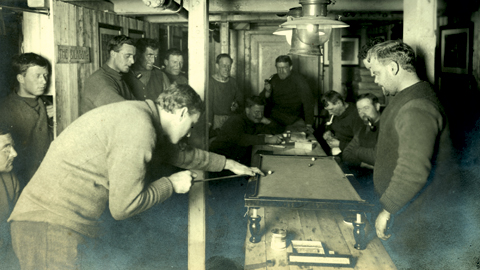Ernest Shackleton, the famed Antarctic explorer, is often held up as a role model for CEOs. But Peter Stephens asks: should he be?
On August 1, 1914, as World War I was beginning, Ernest Shackleton sailed from London in The Endurance, a small, sturdy ship named for his family motto: “fortitudine vincimus,” translated as “by endurance we conquer.” He intended to tackle the last great challenge in Antarctica: crossing the continent from sea to sea. The British Imperial Trans-Arctic Expedition, as he gloriously named it, aimed to accomplish its work and return to civilization in April 1915, a little later if the weather was bad. They would sail to South Georgia Island, navigate the icy Weddell Sea, land a party of men and sled dogs, cross the South Pole and, 1,800 miles later, reach the Ross Sea before returning to honor and glory in Britain and the rest of the world.
The planning was detailed, as you would expect from a man who had twice tried to reach the South Pole and twice had to turn back. Even so, Shackleton’s expedition failed. The ship was trapped in ice before they reached land. The captain and his 27-man crew had to make their way across treacherous ice to the open sea to have a chance at escape. Some sheltered for months on an exposed strip of coast while Shackleton and five others sailed a 22-foot long boat 800 miles across Drake’s Passage, landed on South Georgia Island (from which they had sailed almost two years earlier) and crossed mountains and glaciers before reaching the safety of Stromness Bay whaling station.
All of the men were rescued by August 30, 1916. The two-year ordeal is a gripping story of strength and endurance against almost impossible odds.


